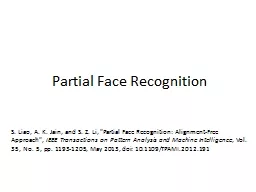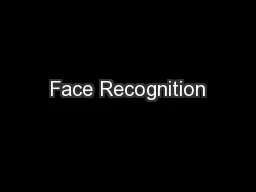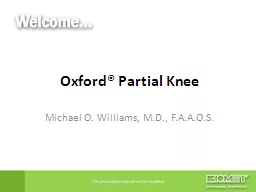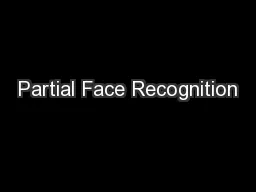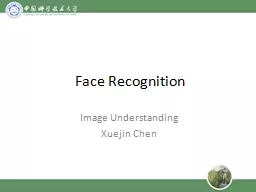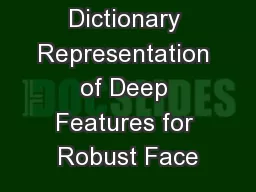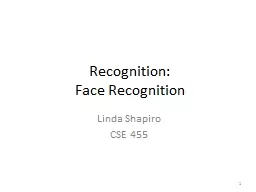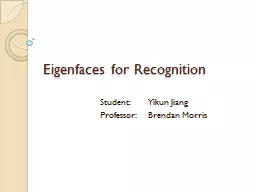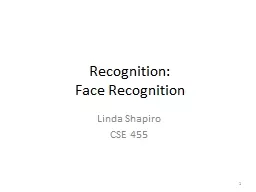PPT-Partial Face Recognition
Author : liane-varnes | Published Date : 2016-04-11
S Liao A K Jain and S Z Li Partial Face Recognition AlignmentFree Approach IEEE Transactions on Pattern Analysis and Machine Intelligence Vol 35 No 5 pp 11931205
Presentation Embed Code
Download Presentation
Download Presentation The PPT/PDF document "Partial Face Recognition" is the property of its rightful owner. Permission is granted to download and print the materials on this website for personal, non-commercial use only, and to display it on your personal computer provided you do not modify the materials and that you retain all copyright notices contained in the materials. By downloading content from our website, you accept the terms of this agreement.
Partial Face Recognition: Transcript
Download Rules Of Document
"Partial Face Recognition"The content belongs to its owner. You may download and print it for personal use, without modification, and keep all copyright notices. By downloading, you agree to these terms.
Related Documents

